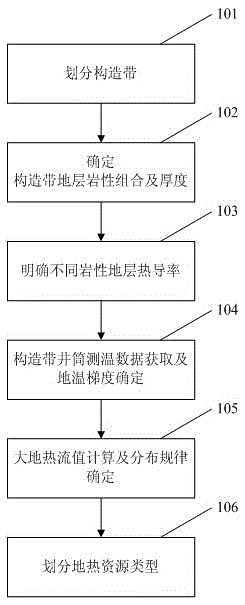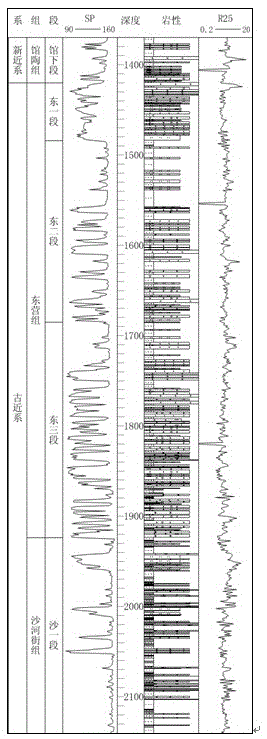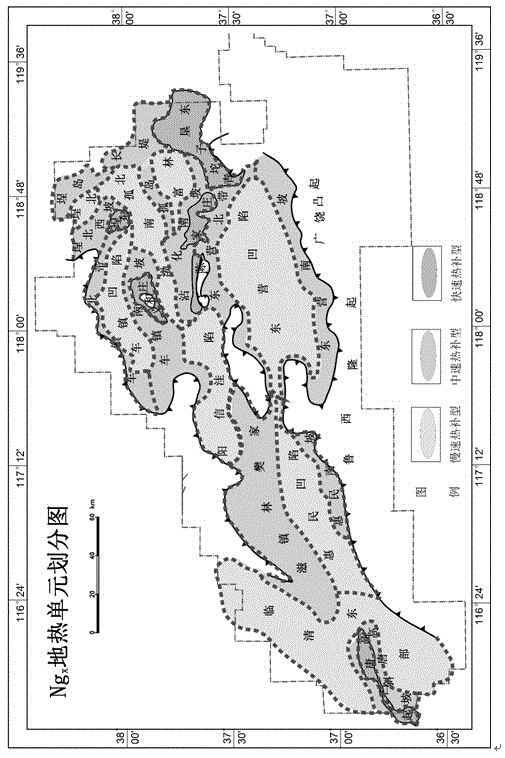Sedimentary basin type underground heat resource classification method
A technology for classification of geothermal resources and types, applied in seismology, geophysical measurement, measurement devices, etc., can solve the difficulty in realizing the rational classification of geothermal resources, the difficulty in evaluating the amount of recyclable geothermal resources, and the difficulty in evaluating the amount of geothermal resources. Reduced mobility and other problems, to overcome low division accuracy, strong operability, and improve accuracy
- Summary
- Abstract
- Description
- Claims
- Application Information
AI Technical Summary
Problems solved by technology
Method used
Image
Examples
Embodiment Construction
[0026] In order to make the above and other objects, features and advantages of the present invention more comprehensible, the preferred embodiments are listed below and shown in the accompanying drawings in detail as follows.
[0027] Such as figure 1 as shown, figure 1 It is a flow chart of the sedimentary basin-type geothermal resource type classification method of the present invention.
[0028] In step 101, the structural belts of sedimentary basins are divided by using data such as drilling, well logging, mud logging, and seismic data. The sedimentary basin refers to a long-term continuous subsidence and accumulation of sediments during a certain period of geological history, and the thickness of the sediments is thicker than that of the surrounding areas. The division of structural belts refers to a region at a regional scale, in which the crustal material composition, structural combination, and geophysical and geochemical fields are obviously different from those of...
PUM
 Login to View More
Login to View More Abstract
Description
Claims
Application Information
 Login to View More
Login to View More - R&D
- Intellectual Property
- Life Sciences
- Materials
- Tech Scout
- Unparalleled Data Quality
- Higher Quality Content
- 60% Fewer Hallucinations
Browse by: Latest US Patents, China's latest patents, Technical Efficacy Thesaurus, Application Domain, Technology Topic, Popular Technical Reports.
© 2025 PatSnap. All rights reserved.Legal|Privacy policy|Modern Slavery Act Transparency Statement|Sitemap|About US| Contact US: help@patsnap.com



